Sunday 1 June 2025
‘Righting a Wrong’ Carmen Callil’s Leicestershire Forebears
LAHS Member Steve Marquis recounts the story of Carmen Callil’s Great Great Grandmother, Sarah Allen, illegitimate framework knitter from Thurmaston.
Dame Carmen Thérèse Callil, was born in Melbourne, Australia, in 1938. She moved to England in 1964, along with the likes of other future famous antipodean writers and critics Germaine Greer and Clive James. Callil founded the feminist publishing house Virago Press in 1973. She is a recipient of the Benson Medal from the Royal Society of Literature in 2017, the same year she became a Dame. Carmen wrote about her English ancestors in her book ‘Oh Happy Day’, published in 2020.

In the winter of 1855 George Conquest returned to England for the first time in twenty-five years having been transported to Australia in 1830. After being released from penal servitude seven years later, he eventually made good in the goldfields of Victoria and became a wealthy man. Now with sufficient means, he was visiting his desperately poor relatives living in Leicester’s worse slum area around Wharf Street in order to organise their migration to better lives in Australia. His brother Joseph and his family had already joined him in Melbourne, three years earlier.
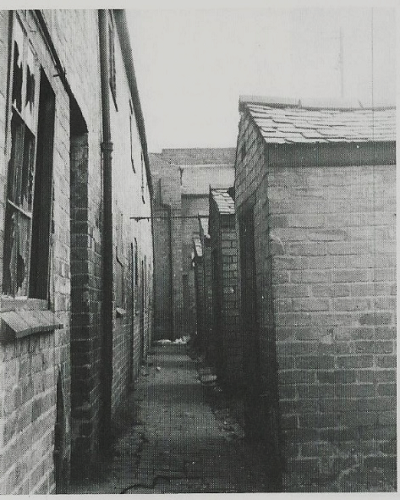
During this visit he also reacquainted himself with Sarah (‘Sary’) Allen whom he had made pregnant in 1827 and then abandoned her. Sary had coincidently found herself living near to George’s kin after marrying stockinger William Grundy in 1843 and moving to Eaton Street (adjacent to Wharf Street). William had died a year later. Three years after meeting George for the second time, Sary (now aged 50) sailed for Melbourne and officially became George’s housekeeper. Fearing he might be approaching death, George married Sary in 1868. When he did eventually die five years later, he left his entire estate to the woman he had wronged all those years before.
Sarah (Sary) Eaglesfield Lacey, the illegitimate daughter of Dorothy Lacey (lack of mention in parish records suggest Dorothy, and even her own mother, were probably also illegitimate), was born in 1808, in Rearsby, Leicestershire. A year later, Dorothy married recently widowed, Samuel Allen, a framework knitter in Thurmaston, and became stepmother to Samuel’s three young children, Ann, Thomas and Jane, aged from two to seven. Dorothy and Samuel would go on to have a further eight children, although not all survived into adulthood. Sary would spend the next thirty-five years in Thurmaston as the village’s stockingers sank further and further into abject poverty.¹
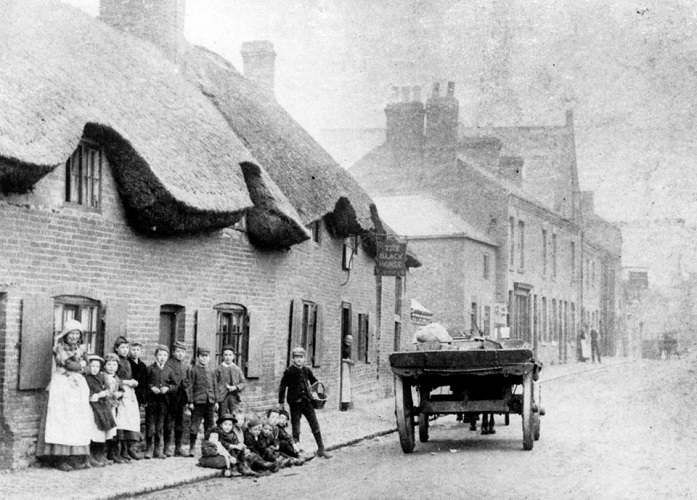
The Allens were a long-established family in Thurmaston, in fact, the local Lords of the Manor had been Allens for centuries – each succeeding Lord was always called ‘Thomas’. Samuel was clearly from a poorer branch of the Allen family. The first actual mention of framework knitting in Thurmaston dates back to 1719, when a Richard Allen, listed as a framework knitter, received the lease on a cottage, garden and outbuildings. One year later, Richard was left two frames in the will of his yeoman father, Robert.²
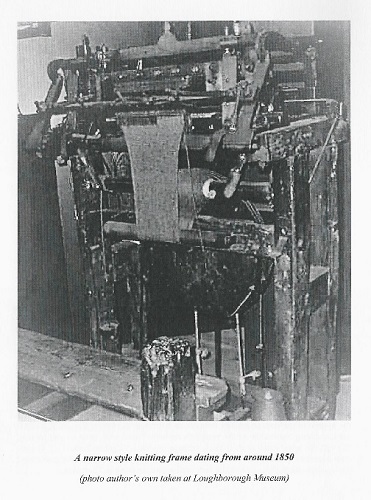
At the age of nineteen in 1827, Sary had that fateful meeting with George Conquest who left her with child. A baby daughter, Eliza, was born nine months later.
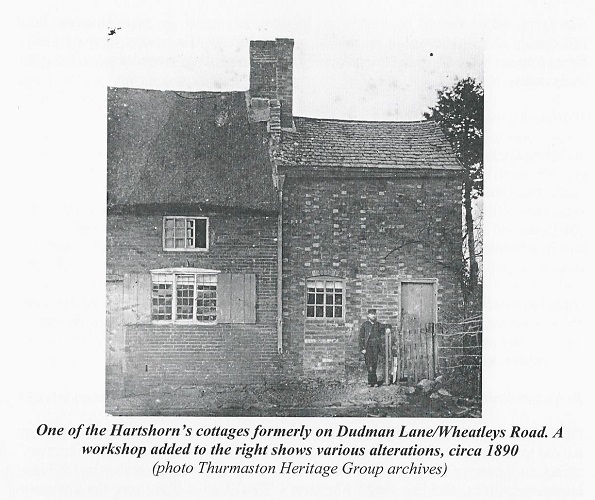
George Conquest was born in 1806 in Market Harborough. His grandfather, John, had arrived there during the 1770s and in 1776 had married local girl, Sarah Nichols. Originally small-time farmers or labourers they had moved into canal building in the 1790s and later became canal bargemen. George and all his brothers would also end up narrowboat navigators. What is clear from court records is that all three generations of Market Harborough Conquests had a propensity for drunken brawling and petty theft; what polite society would describe as members of the ‘criminal classes’. Both George’s father, Joseph, and grandfather, John, served various periods of imprisonment and were lucky not to be transported themselves. Bargemen in general had a similar reputation as drunkards and petty criminals and George and his siblings appeared in court on many occasions.

One day in 1827, George and his boat docked at the Thurmaston wharf not far from where Sary lived. Sary was nineteen and George twenty-one and romance must have blossomed very quickly. When George left shortly after he is unlikely to have known that a pregnancy had resulted from their brief liaison. Sary did pursue George for maintenance towards the care of his daughter, Eliza, but the case failed in court a year later, probably because George had already been arrested for theft. Sary and her daughter were now in real danger of ending up in the nearby House of Industry (workhouse), but it seems her parents were willing to support her.
George was found guilty in 1829 of stealing a quantity of hemp and sentenced to 7 years transportation to Australia. He would spend the next twelve months incarcerated in a stinking disease infested drydock prison hulk before embarking on the journey south in 1830.
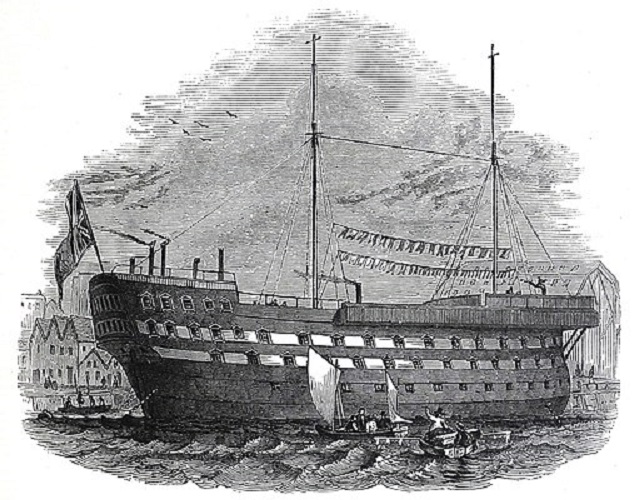
Their diet “consisted of wormy biscuits and bread, boiled ox cheek – often high – and salt pork once a week, peas or oatmeal cruel and a small beer.” Violence was endemic and disease rife, George did well to survive until being transported.

In 1831, Sary’s youngest half-brother Benjamin (born just a few months before Eliza) died of cholera, it is possible Eliza also died at this time because she disappeared from the record. Two years later, Sarah and four others were found guilty of riotous behaviour and fined (Leicester Chronicle, 28/6/1833). In 1836, Sary again became pregnant and had a son called John (Dick) Allen, once again her parents continued to allow her and her son to remain within the family home. Seven years later she was again with child and quickly married stockinger William Grundy and moved to Leicester. He was forty-five and she thirty-five. Alfred was born soon afterwards and was given Grundy’s name. When Alfred married in Melbourne in 1866, he stated on his marriage certificate that his father was not William Grundy but Joseph Allen, half-brother to his mother Sary. Why he chose his wedding to highlight this long-buried family scandal is unknown, although he would probably have been aware that Joseph had died back in Thurmaston in the previous year, aged forty-two.
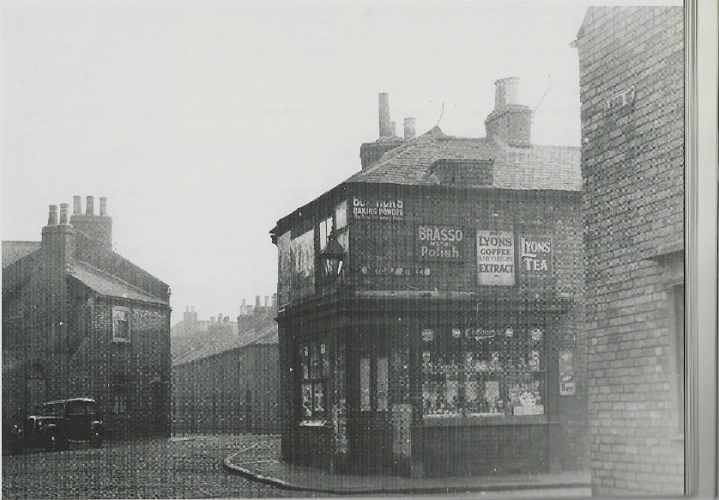
When Samuel Allen died in 1847, his eldest son, Thomas (by his first wife), threw Dorothy and Sary’s son, John, now aged eleven, out of the family home. Dorothy moved in with her sister, Ann, and both would remain dependent on parish relief for the rest of their lives. John (Dick) went to live in Leicester with William Allen, another of his mother’s half-brothers. John now lived near to his mother and half-brother Alfred but remained behind in Leicester when Sary and Alfred moved to Australia.
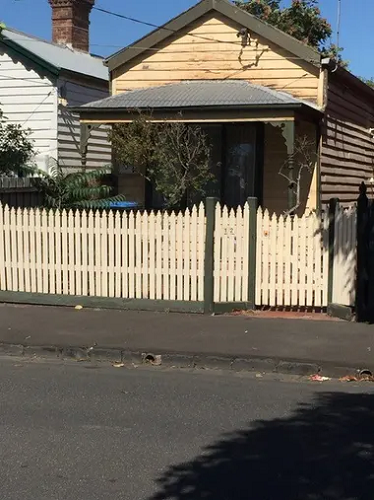
Alfred married Mary Ann Brooks in 1886 and opened a boot and shoe shop (presumably financed by George). Sary died in 1882, a lady of property and a long way away from her poverty-stricken roots in Thurmaston.
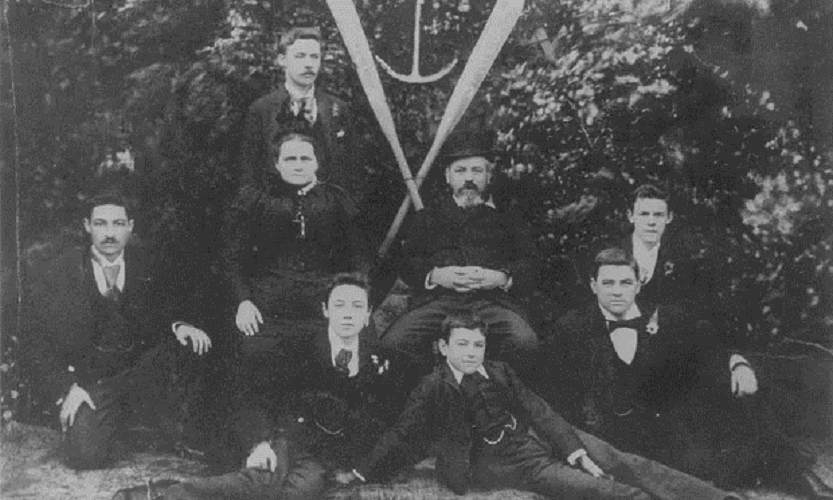
Alfred did well in business opening two more shops, but his heavy drinking developed into a serious problem and eventually he became violent and mentally unstable. He died in an asylum in 1908.
Steve Marquis stephen.marquis@ntlworld.com
Notes
- Further details of the appalling conditions faced by Leicestershire framework knitters during this period can be found in my new book Luddism, Chartism and the Leicestershire Framework Knitters 1811-50 ‘A Descent Into Hell’.
- The Hose Makers, Jennifer Harris, Thurmaston Heritage Group, 2021, p 15-16.
This article comes from one published by the author in the November 2023 Greater Wigston Historical Society bulletin.
Carmen Callil died aged 84 in 2022. For further information on her life please see here. Her interest in her Leicestershire ancestry was longstanding. Dr Len Holden of the Market Harborough Historical Society remembers:
Carmen was a member of Market Harborough Historical Society for ten years before she died and I was in regular communication with her helping her research her family history in Leicestershire. She was the keynote speaker at our History Conference in 2017. She was very nervous and asked me if I would edit a few chapters so she could read them out. I reduced four of her chapters(then in manuscript format) to a 45 minute talk which she presented beautifully. My wife then took her around Market Harborough and showed the places she was to mention in her book. She was very thrilled.
Rear of houses on Eaton Street , Leicester early 1950s. Photograph by Tom Bassett. Reproduced with permission of Laura Evans.


